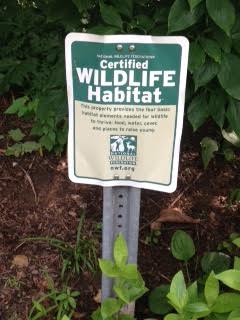User:William Jessup/Notebook/Biology 210 at AU
Algae and Protists in the Hay Infusion 07.02.15
Introduction: Out of all the Eukaryotes, the two major groups of unicellular organisms are algae and protists. Algae perform photosynthesis, converting light energy into chemical energy. On the other hand, protists consume nutrients to produce energy. Both unicellular eukaryotes have multiple lineages and a wide variety of species that fall under their kingdom. The goal of this experiment was to observe and identify the protists and algaes that are living in our transect. These organisms are very important to biodiversity because they are often the base of the food chain, supporting all of the organisms later in the chain. The photosynthetic protists also help to produce oxygen, which is consistently consumed by many organisms.
Methods: First, two wet slides were prepared from samples from two different niches in the Hay Infusion. The slides were observed on 10X and 40X objective lenses and any algae or protists were identified using a dichotomous key. After identifying several protists, we shook up the hay infusion and prepared a serial dilution. In order to this, we took 50μL of
Results: Only three organisms were found and identified. At the bottom of the Hay Infusion, only one organism, Colpidium, was found while at the top two other organisms were found, in addition to more Colpidium. The following table examines key characteristics of of each organism:
| Organism | Type | Size (μm) | Location | Count | Motility |
| Colpidium | Protizoa | 30 | Top and bottom | A lot everywhere | motile |
| Pandorina | Green Algae | 50 | Top only | A lot everywhere | Very motile |
| Actinoshaerium | Protizoa | 25 | Top only | 2 total | Very slow moving |
Establishing a Transect 06.30.15
Introduction: A transect is an established section of a habitat or ecosystem that is typically monitored for biodiversity. Biodiversity, the number and type of species found in a region, is so important because it increases the opportunity of medical advances, economic development, and biological resource discovery. By studying a specific transect, we can estimate the biodiversity and health of other ecosystems with similar environments. The purpose of this experiment is to analyze the biodiversity of a transect on the campus of American University.
Methods: To establish a transect, we walked to the Woods-Brown Amphitheatre and found a lush area (20x20 m2) with a small stream flowing through it. We walked around the area and looked for any abiotic and biotic factors we could find without disturbing the environment. We collected soil samples from a couple different locations in the transect for the hay infusion. To make the hay infusions, we added ~10g of the soil sample to 500mL of distilled water and 0.1g of dried milk. The solution was mixed and placed by a window without the lid on.
Results: The transect we found was on a hill with a small stream flowing through it. On one side there was a sidewalk and on the other was the McDowell residence hall. The area had several trees and smaller shrubs, as well as tall grasses and ferns. We also observed several species of birds, including American Robins and a Common/European Starling that were drinking from the stream. Abiotic Factors: Rocks Sidewalk Water (manmade stream) Dirt Sprinkler head McDowell Hall
Biotic Factors: Plants (Ivy, ferns, tall grass, trees, etc.) Birds (American Robin, European Starling, House Sparrow, Gray Catbird, unidentified) Insects (ants, gnats) Crustacean (Armadillidiidae/ Pill Bug)
Discussion: There was a large variety of both Biotic and Abiotic factors that were observed in the transect. Although some of the plant and animal species were unable to be identified properly at the time, we got a good idea of the variety of living organisms in the area. It will be interesting to see the actual species count because not only is American University is a certified National Arboretum, but our transect falls directly on a designated wildlife habitat, so it should potentially have numerous plant and animal species.





